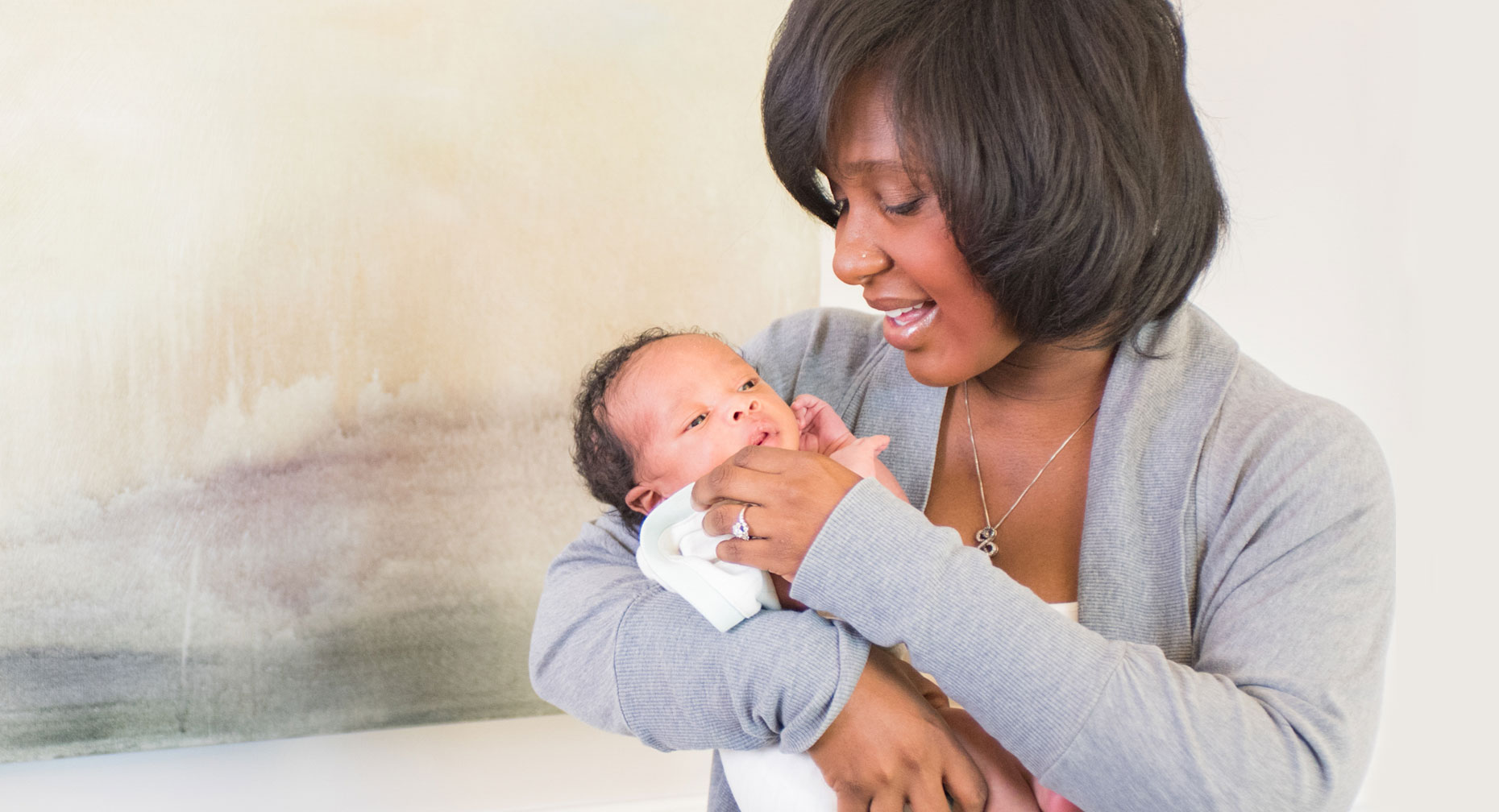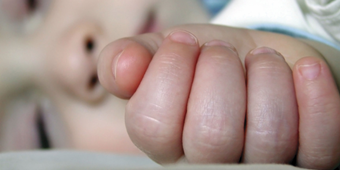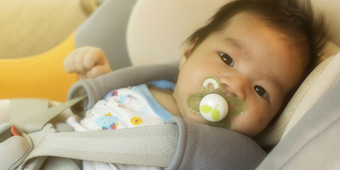Picking Up Your Baby 101

Find Your Perfect Match
Answer a few questions and we'll provide you with a list of primary care providers that best fit your needs.
You expect sleeplessness. You expect dirty diapers. But, of all the inconveniences surrounding a baby, you probably don’t expect back pain. However, lifting a baby over and over can trigger back problems or aggravate issues you already have.
Hold your baby close to your body. Don’t hold your arms out.
How to Lift Your Baby
When you lift your baby:
- Bend at the knees and squat, rather than bending at your waist.
- Hold your baby close to your body. Don’t hold your arms out.
- Avoid twisting your body while lifting. Complete the lift before turning.
Other Ways To Avoid Back Pain

When nursing or feeding:
- Don’t hunch over to bring your baby to your breast. Use a nursing pillow or other pillows to support your baby and lift her up.
- Make sure to switch sides if you bottle-feed. It’s good for both your back and your baby (you don’t want your baby to favor one side while eating or sleeping).
- Make sure to look up from your baby’s cuteness occasionally to give your neck a break. Though, of course, it’s important to give your baby lots of eye contact.
On the go:
- Don’t carry your baby on your hip. This will overload your back muscles.
- Consider buying a soft-structured carrier or wrap that allows you to carry your baby in front of you, rather than on your back.
- Be careful when lifting car seats. You can become so used to lugging a car seat around that you forget that it’s heavy and bulky. Move intentionally and with care to avoid strain.
- When placing your baby in a car seat, kneel or squat rather than bend at your waist.
Diaper and bath time:
- When changing diapers, use a changing table rather than leaning over your baby on the floor or a bed.
- When you’re giving a bath, put your baby in the bathroom or kitchen sink so that you don’t have to lean over.
Building Core Strength
Strengthening your core is an important part of avoiding back pain. As soon after having your baby as you are able, begin core strength exercises. Choose exercises you like best, so you’ll be more likely to stick with the routine. (Besides helping you avoid back pain, exercise also helps with mood, weight control, and general health.)
Pilates and yoga classes can be great options if you have childcare available. Doing planks and sit-ups at home while your child lays next to you can be a great start.
What to Do If Your Back Starts Hurting
For tightness, stiffness or nagging pain, try a heat pack.
For sharper pain (like a pull in the neck), stop and rest. Then apply ice. Call your doctor if the pain continues.
Don’t put up with pain. Visit your health care provider.
Find Your Perfect Match
Answer a few questions and we'll provide you with a list of primary care providers that best fit your needs.
Source: American Academy of Orthopedic Surgeons; North Country Hospital; Twickermum




